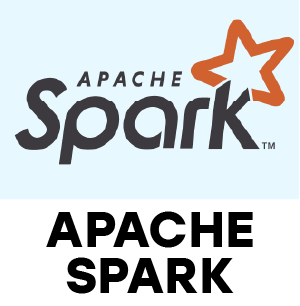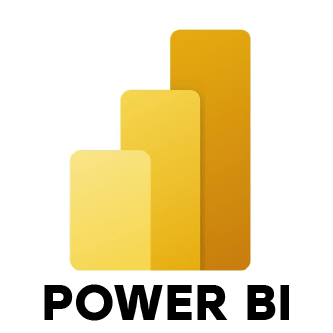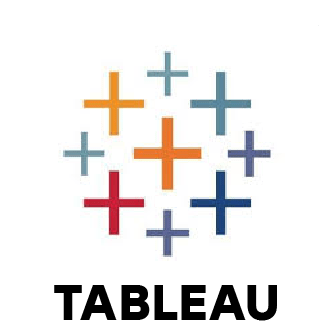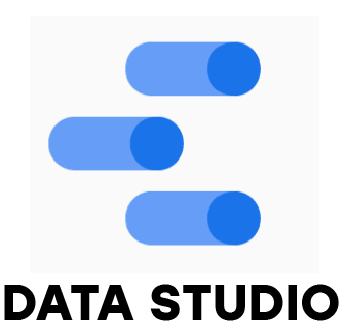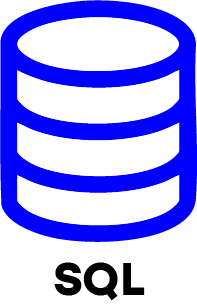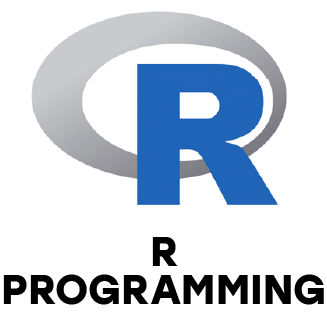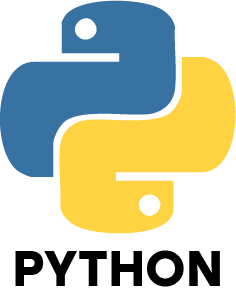1. Which tools do data analysts frequently use?
Ans:
Data analysts typically work with tools such as Excel, SQL, Power BI, Tableau, Python (with libraries like Pandas and NumPy), R, Google Sheets, and occasionally software like SAS or SPSS depending on the organization.
2. What methods do you use to handle missing data in a dataset?
Ans:
I remove rows or columns with excessive missing values, impute missing data using mean, median, or mode, apply forward or backward fill to carry adjacent values, use predictive models to estimate missing entries, and sometimes mark missing data for further examination.
3. How does a database differ from a data warehouse?
Ans:
- A database stores real-time transactional data optimized for fast read/write operations.
- A data warehouse contains historical, aggregated data from multiple sources designed for analysis and reporting.
4. Why is data cleaning important in data analysis?
Ans:
Data cleaning ensures consistency, accuracy, and reliability, which are crucial for generating trustworthy insights and making well-informed decisions.
5. What does data normalization involve, and why is it necessary?
Ans:
Normalization organizes data to minimize redundancy and dependency. It is essential for preserving data integrity and facilitating efficient queries within relational databases.
6. How do you create a pivot table in Excel?
Ans:
Select the data range, go to Insert, choose PivotTable, select the desired location, and then drag and drop fields into Rows, Columns, Values, and Filters to build the pivot table.
7. Can you explain what a join is in SQL and name the common types?
Ans:
A join merges rows from two or more tables based on related columns.
Common types include:
- INNER JOIN: returns matching records from both tables.
- LEFT JOIN: returns all records from the left table plus matched records from the right.
- RIGHT JOIN: returns all records from the right table plus matched records from the left.
- FULL JOIN: returns all records with matches in either table.
- SELF JOIN: a table joined with itself.
8. What is data visualization and why is it important in data analysis?
Ans:
Data visualization uses graphs, charts, and other visuals to visually represent data. Better decision-making is made possible by its ability to help stakeholders swiftly understand trends, spot outliers, and spot patterns.
9. How do you carry out data validation?
Ans:
Establish guidelines for data quality for formats, kinds, and ranges. Utilize tools or scripts to apply validation features in Excel, SQL restrictions, or ETL platforms, cross-check data with source systems, and find problems.
10. What is data modeling?
Ans:
Data modeling is the process of designing a database’s structure by defining tables, columns, relationships, and keys to ensure logical organization and efficient data retrieval.
11. How would you handle a project involving large amounts of unstructured data?
Ans:
Start by understanding the data and setting clear goals. Use tools like Python or Apache Spark for preprocessing, convert unstructured data into structured formats using parsing or NLP techniques, clean the data to remove noise, and then analyze and visualize it to extract insights.
12. What does ETL mean in data processing?
Ans:
ETL stands for Extract, Transform, Load: the process of extracting data from sources, transforming it into the required format, and loading it into a data warehouse or other destinations.
13. How would you explain data mining to a non-technical person?
Ans:
Similar to going through files to find crucial details, data mining is the process of searching through vast amounts of information to find hidden patterns or insightful information.
14. What are some common statistical metrics used in data analysis?
Ans:
- Mean, median, mode
- Standard deviation and variance
- Percentiles and quartiles
- Correlation and covariance
15. How do you evaluate the quality of your data analysis?
Ans:
Through cross-validation, accuracy peer reviews, consistency checks across datasets, alignment with business objectives, assumption and data integrity verification, and more.





